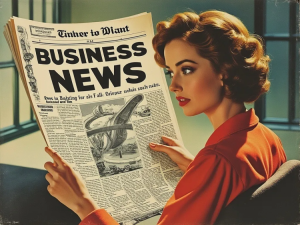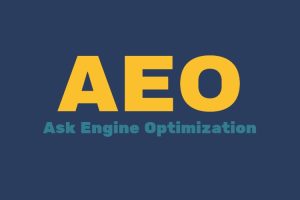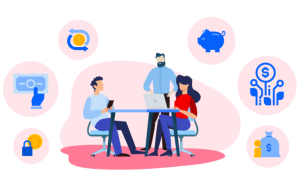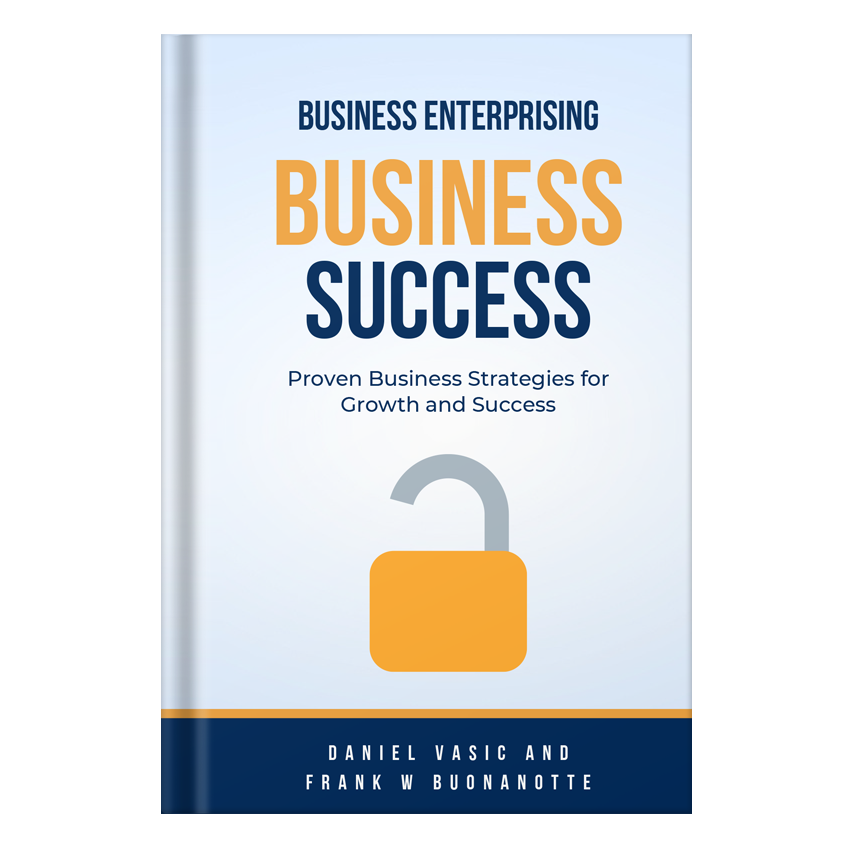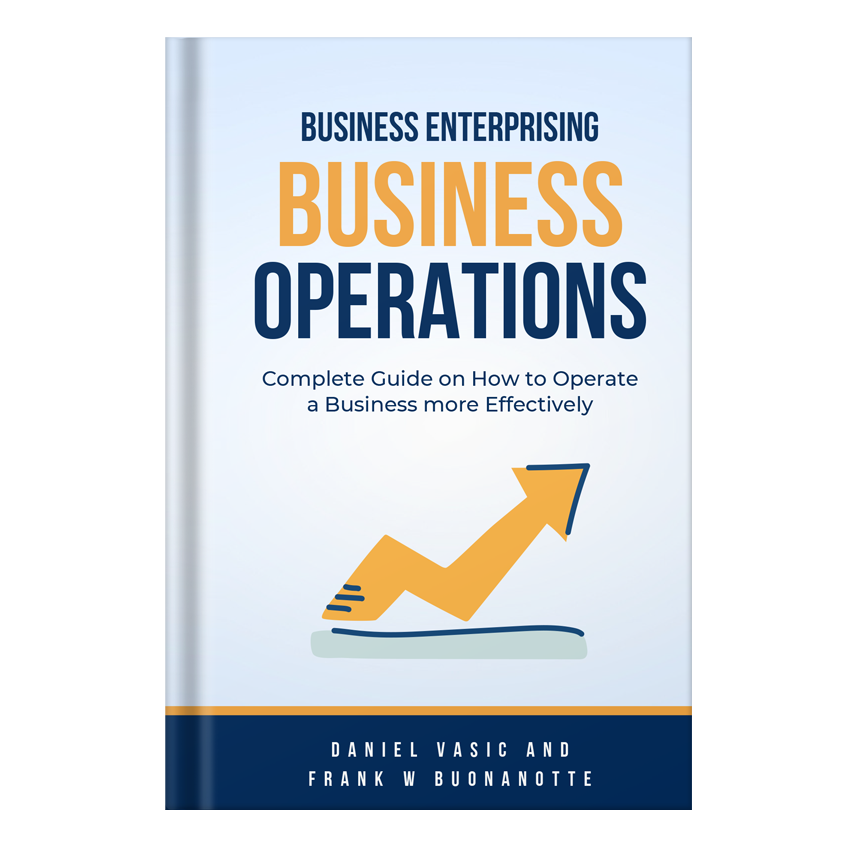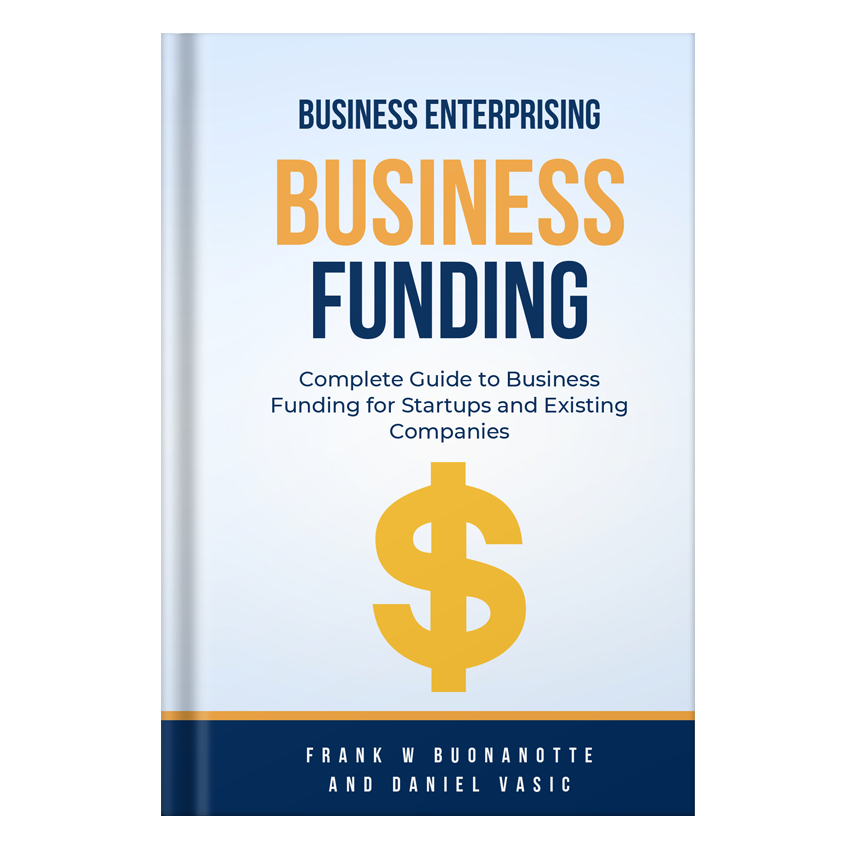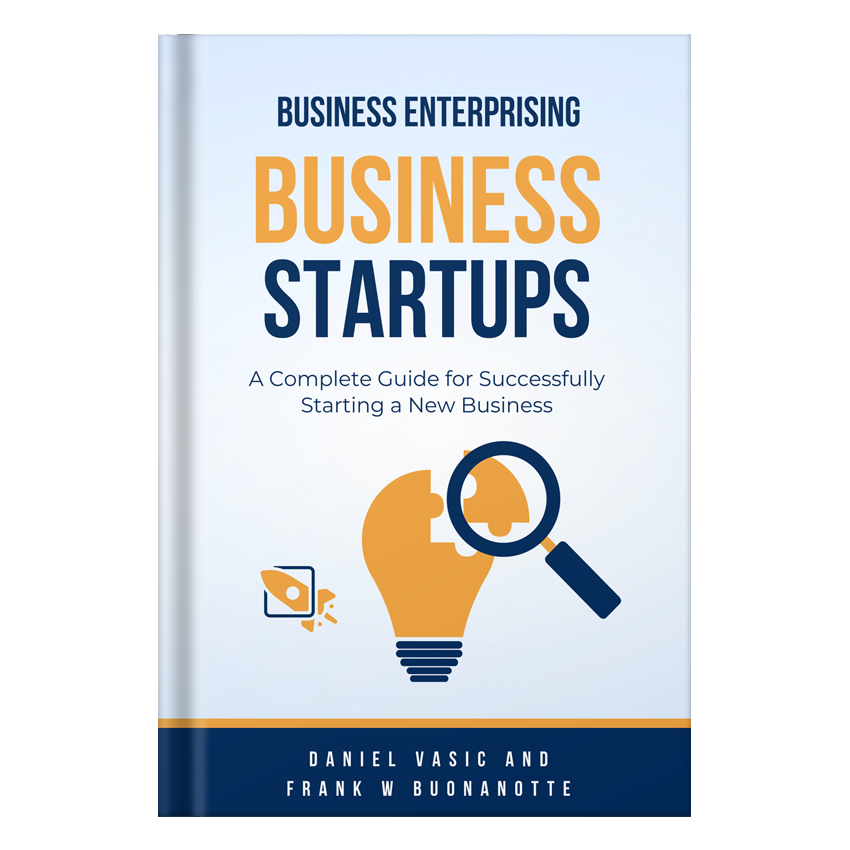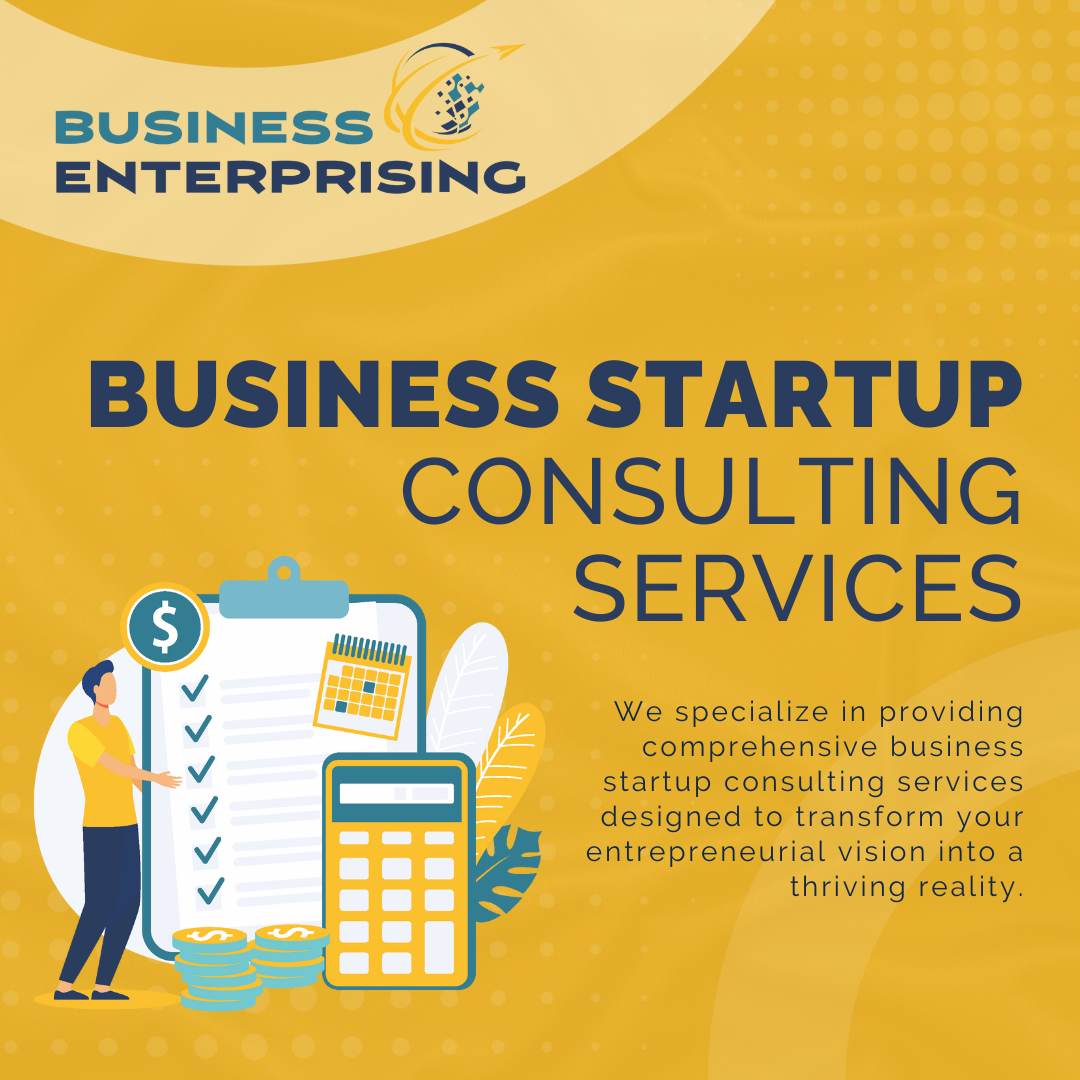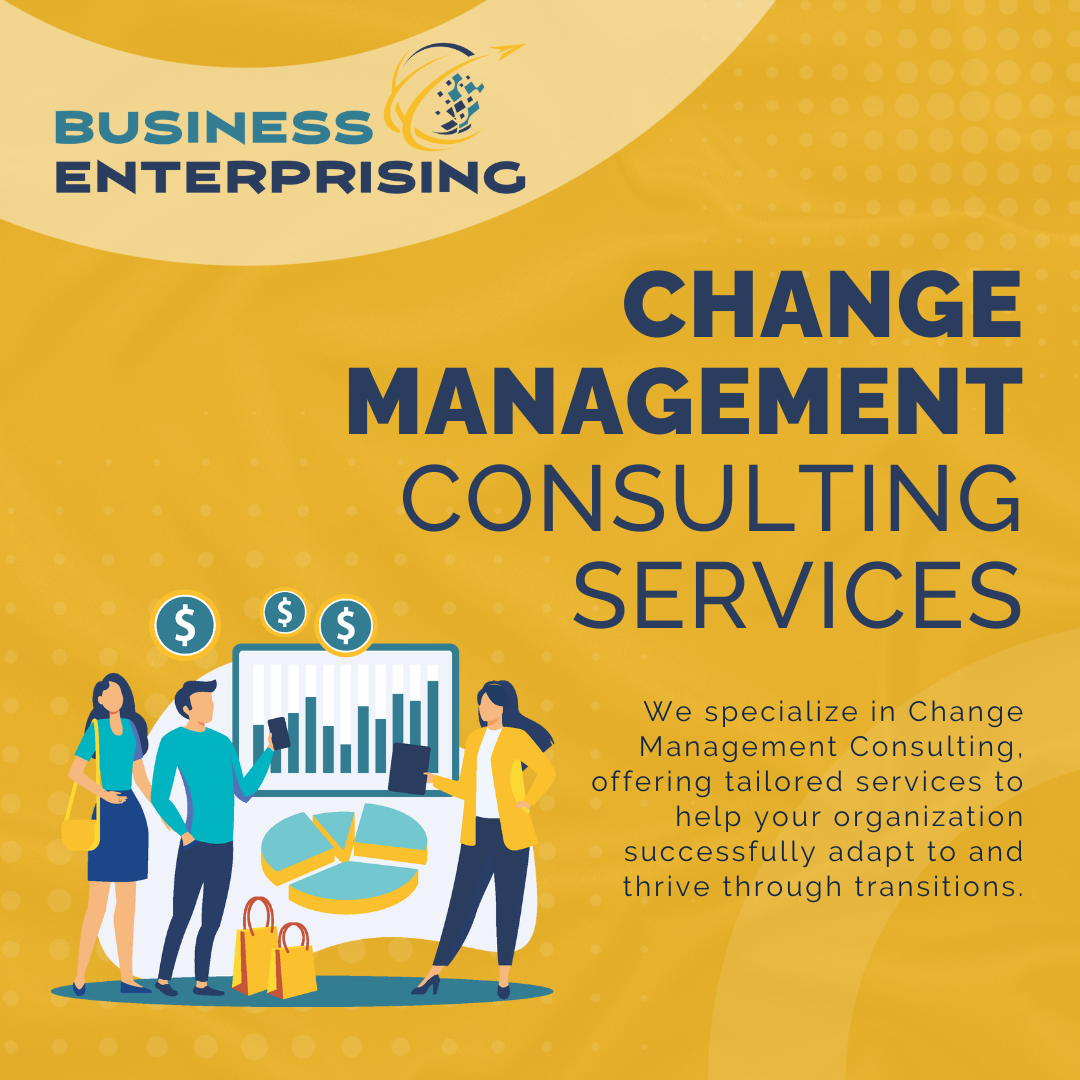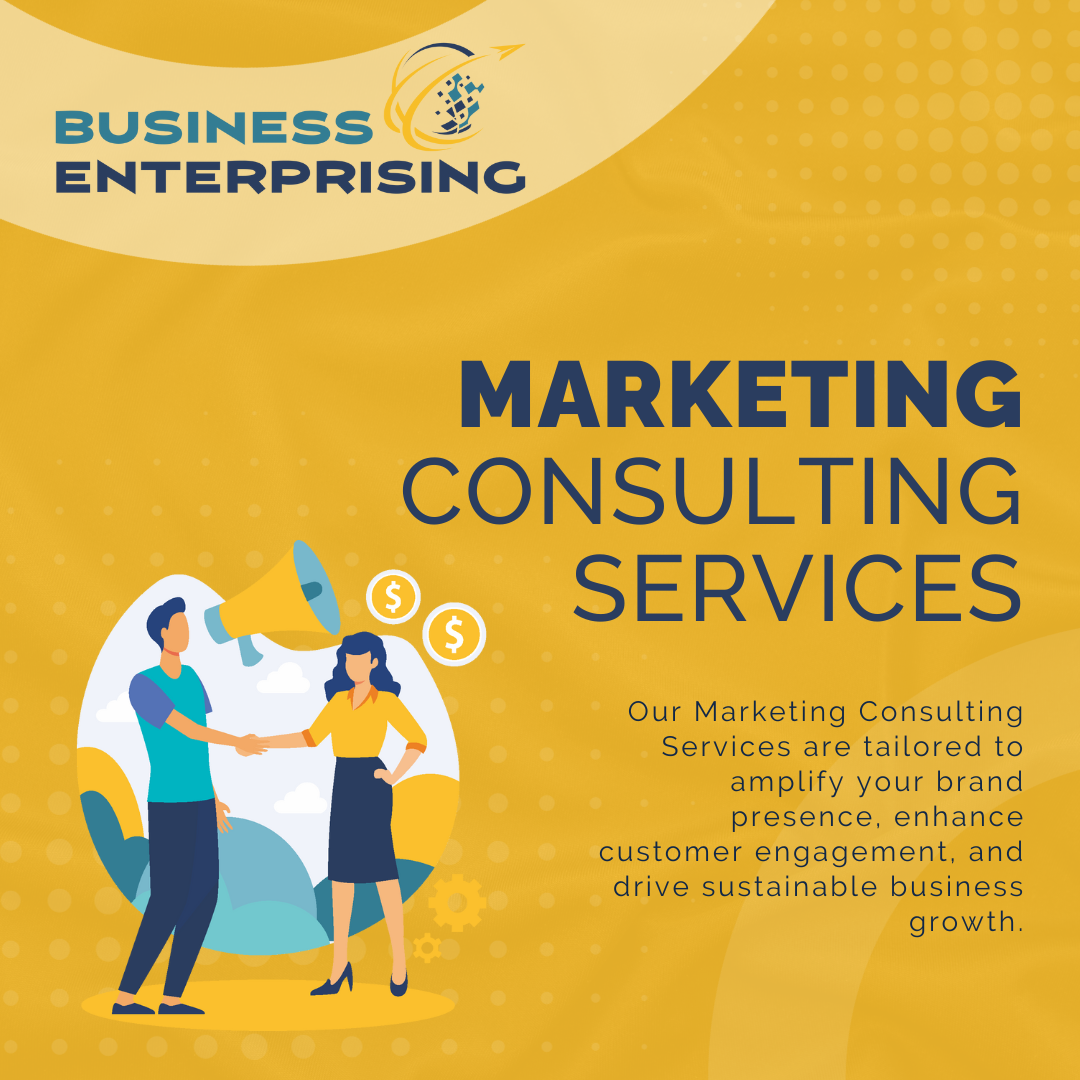Business News and Market Trends
Understanding business news and market trends is essential for navigating today’s competitive economy. Markets shift quickly, driven by emerging technologies, evolving consumer preferences, and global events. These changes create both opportunities and challenges for businesses. Additionally, staying updated on trends allows you to identify growth areas and adapt your strategies effectively. However, this requires consistent…
Read articleAsk Engine Optimization
Ask Engine Optimization focuses on delivering clear and concise answers to user questions, reshaping how content ranks in search engines. Unlike traditional SEO, which emphasizes keywords and rankings, AEO prioritizes user intent and provides direct, actionable information. Additionally, it aligns with evolving search behaviors, including voice search and zero-click results, making it a critical strategy…
Read articleBest Business Funding Options
Securing the right funding is essential for starting, growing, or maintaining your business. Exploring the best business funding options can help you find solutions tailored to your needs. Whether you’re looking for traditional loans, alternative financing, or equity-based investments, each option offers unique advantages. Additionally, understanding how different funding methods work allows you to align…
Read articleOnline Business Courses for Beginners
Starting a business can feel overwhelming, but the right tools and training make a significant difference. Online business courses for beginners offer a flexible and practical way to build essential skills. These courses cover key topics like marketing, financial planning, and time management, helping you gain confidence and clarity. Additionally, these programs are designed to…
Read articleBenefits of Business Consulting Services
Running a business involves navigating complex challenges and opportunities. The benefits of business consulting services can help you address these effectively. Consultants bring expertise and fresh perspectives that help you identify inefficiencies, improve strategies, and achieve measurable results. Additionally, they tailor their recommendations to align with your goals, ensuring their advice is practical and actionable.…
Read articleHow AI Transforms Processes in Business
AI is revolutionizing the way businesses operate by introducing innovative tools and strategies that improve efficiency and decision-making. Understanding how AI transforms processes is essential for businesses looking to stay competitive and adapt to evolving demands. Additionally, AI enables you to automate repetitive tasks, analyze data, and enhance customer interactions in ways that were previously…
Read articleBusiness Growth Consultants: Helping You Expand Your Business
Growing your business comes with challenges that require careful planning and expertise. Business Growth Consultants help you address these challenges effectively. They work with you to identify opportunities, improve operations, and develop strategies that align with your goals. Additionally, their specialized knowledge provides insights that can drive sustainable growth and profitability. However, choosing and working…
Read articleData Visualization in Excel: Creating Charts and Graphs
Visualizing data effectively is an essential skill for anyone working with numbers. Data visualization in Excel offers a straightforward way to present insights clearly. By creating charts and graphs, you can simplify complex datasets and make information more accessible. Additionally, Excel provides a range of tools to turn raw data into professional visuals. With the…
Read article